I'm using SMD based analog temperature measuremet ICs (a version of the old TMP36). It will be mounted on a tiny and thin (.5mm) PCB I've cut to hold the IC and a few mfgr recommended parts and a 3 pin header. That assembly will be fixed with epoxy to a circular band of aluminum, which will be clipped around a 2 inch wide PVC pipe carrying water to and from a pool pump. The obvious purpose is to get a reasonable approximation, over time, of the water temperature flowing in the pipe.
So for my adhesive, and also to cover and shield the small PCB from the element, it seemed that thermally conductive and electrically insulating epoxy would be the first choice. But after seeing what I would call astronomical prices for small amounts of epoxies with these specifications, I'm thinking maybe I don't need it?
First of all, it seems to me I've often covered boards with many ordinary epoxies for moisture protection, and I've never found any that proved to be a bad electrical insulator.
Second, considering my aluminum strap will go around a 2" PVC pipe (whose wall thickness is already about 7mm thick) and considering I don't care if it takes 5 minutes or more to get a reasonable temp reading, and most important that I'm only looking for a reasonable approximation, I'm thinking just about any cheap epoxy will do.
Thoughts?
